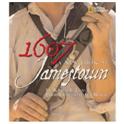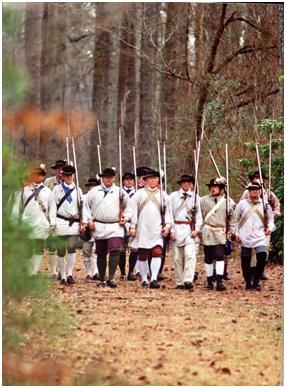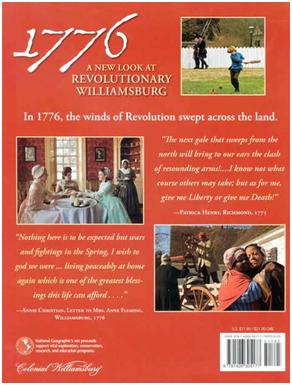Yesterday was my day to cover “America’s Suicide Attempt” in my year four western civ class. That’s Paul Johnson’s title for the chapter from Modern Times in which he describes events in the USA during the 1960s. He starts with the election of Kennedy, discusses the Bay of Pigs, the Cuban Missle Crisis, the Berlin Wall, the Assassination, Johnson election in 1964, the escalation of the Vietnam War and the overblown Great Society and War on Poverty initiatives that nearly wrecked the US economy. He mentions the riots in Detroit and LA and the social uproar in the US from 1968 & 1969. My students were a bit puzzled trying to grasp the mood of the country.
I showed this video from 1970 which my students found both sobering and helpful in catching the mood of the country at the end of the 1960s.
Gil Scott Herron wrote and recorded this provocative and wry piece. It is an example of black beat poetry that foreshadowed the later development of rap.
Take 2 minutes and listen [language warning at 1:40 for a couple of seconds]:
httpv://www.youtube.com/watch?v=BS3QOtbW4m0
Still resonates, I think.
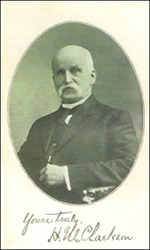
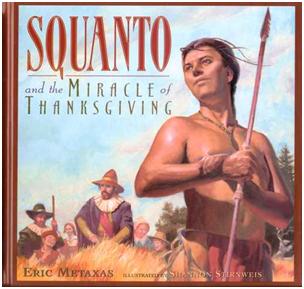
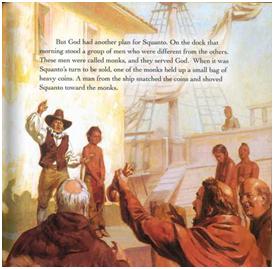
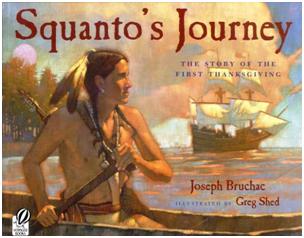
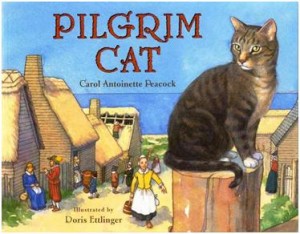 Pilgrim Cat
Pilgrim Cat
